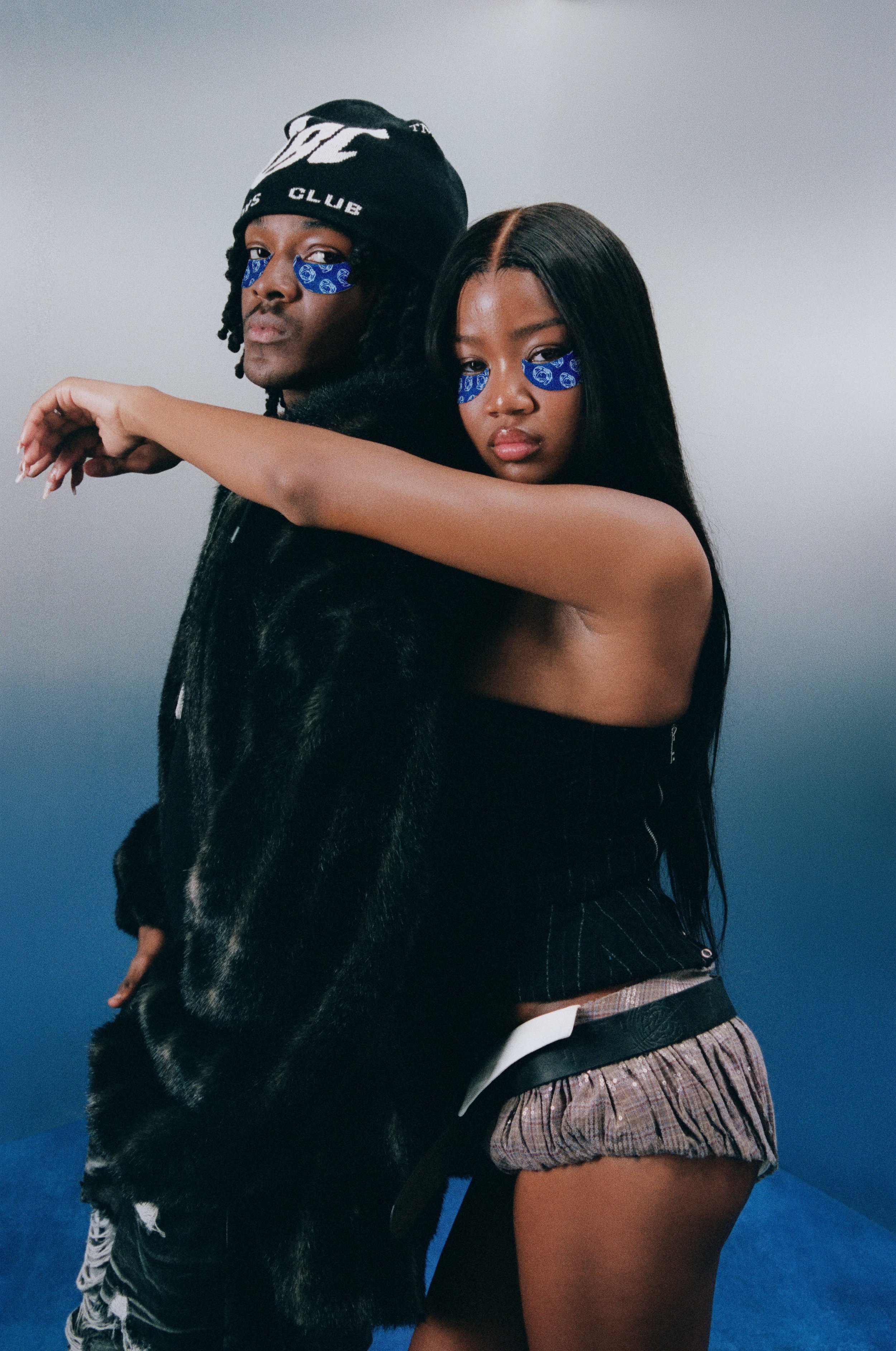The Story of Spotify – Changing the Face of the Music Industry
By PAGE Editor
Today, millions of households take live-streamed music for granted. Platforms like Spotify have changed the game for producers, artists, and record labels alike.
The multi-billion-dollar company now has over 620 million users active worldwide monthly, with over 246 million happy to pay their monthly or annual subscription to get access to the most exhaustive online music library on the planet.
Solving the riddle of digital piracy
Spotify is now available in 184 markets worldwide, including most of Africa, the Americas, Asia, and Oceania. In fact, according to this casinoalpha.com report, Spotify has cemented itself as one of the ten most popular apps in the United States based on annual online mentions. Its power is in its simplicity – the ability to offer something to streamers of all musical tastes. This was the vision for the platform back in April 2006 when it launched in the Swedish capital of Stockholm.
Prior to the emergence of Spotify, the music industry was locked in a fierce battle to overcome issues of digital piracy. The illegal sharing of .mp3 files in peer-to-peer platforms like LimeWire and Napster posed a serious threat to the revenue of both record labels and artists alike.
Swedish tech entrepreneur, Daniel Ek, spotted a glaring gap in the market. A service which would satisfy the desires of listeners for on-demand music, while sufficiently compensating artists and rights holders for their songs. In partnership with Martin Lorentzon, spotify.com launched. The brand name being a portmanteau of the words “spot” and “identify”, with its owners believing the platform to be a great opportunity for music fans to find new artists aligned with their favored genres.
After early market launches in the UK and U.S., Spotify worked hard to build the trust of the music industry. Artists and labels alike still feared the rise of Spotify cannibalizing retail sales. Consequently, the platform sought to negotiate bespoke licensing deals with the leading labels, ensuring all parties would be appropriately compensated for streaming their music on-demand via the Spotify platform.
How much do artists earn on the Spotify platform?
The debate continues today as to whether Spotify is paying a fair rate of royalties to artists per stream. It’s said that artists now make between $0.003 and $0.005 for every stream of their tracks. The platform created a fully transparent “Spotify for Artists” portal, offering real-time data analytics on their streaming levels and income. There’s a great visualization of the economics of Spotify in a recent thehustle.co article.
Another emerging concern about Spotify in recent years surrounds the platform’s control over the songs and artists recommended to each user. Its harshest critics fear Spotify’s algorithms controlling the user experience by funnelling them to mainstream related artists instead of more niche or experimental works. Nevertheless, Spotify dedicates significant time towards its curated playlists, shining a spotlight on new artists and genres based on users’ listening habits.
With €13.25 billion generated in revenue in 2023, it’s clear to see that Spotify is continuing to grow from strength to strength. More recently, it’s also branched out into podcasts and live audio content, changing the face of digital content consumption altogether.
This Swedish success story is sure to remain pivotal in the personalization, global reach, and ongoing innovation surrounding how we experience music for years to come.
HOW DO YOU FEEL ABOUT FASHION?
COMMENT OR TAKE OUR PAGE READER SURVEY
Featured









Miami Art Week 2025 Powered by Art Hearts Fashion closed out the year with a high-impact, citywide series of runway shows, designer debuts, and star-studded events across Miami’s most iconic venues, celebrating global creativity, inclusivity, and the intersection of fashion, art, and culture.